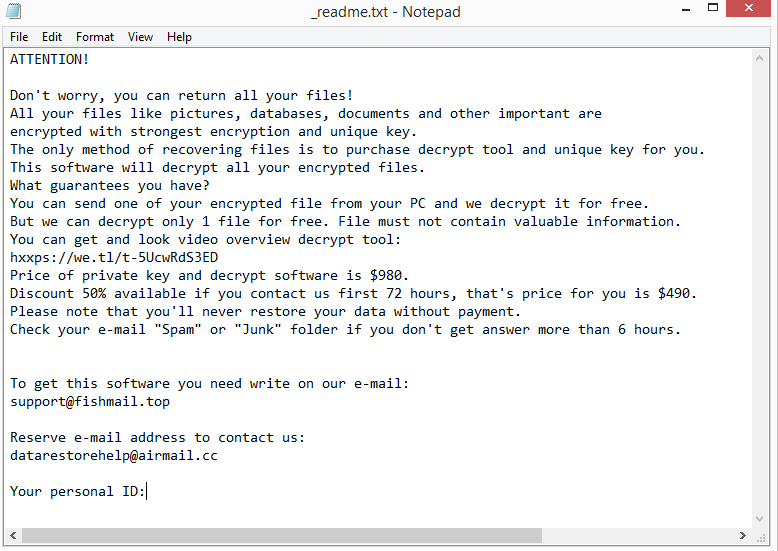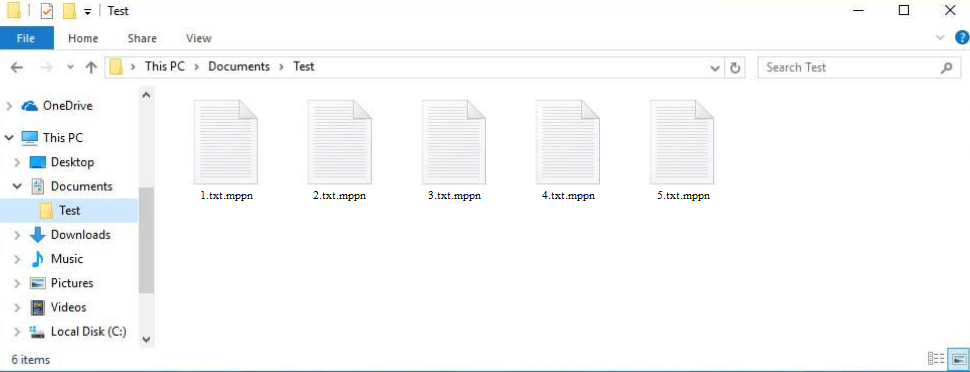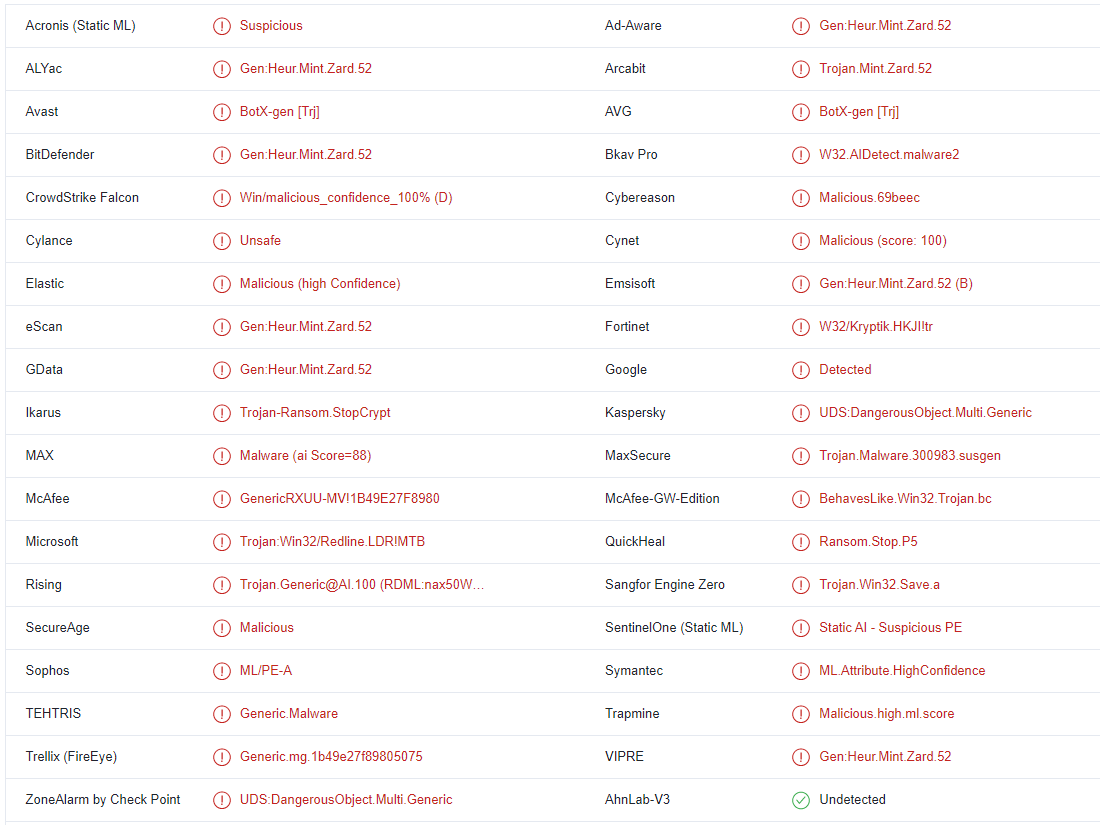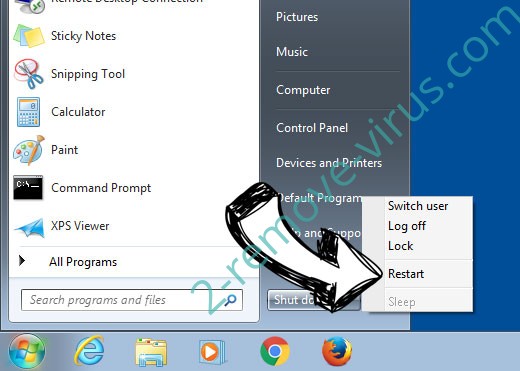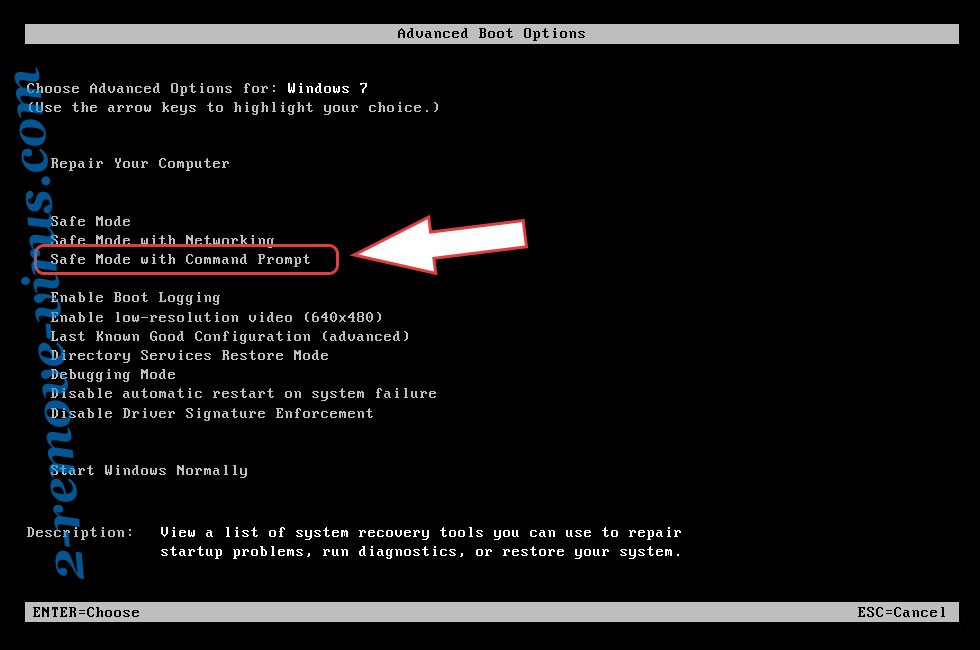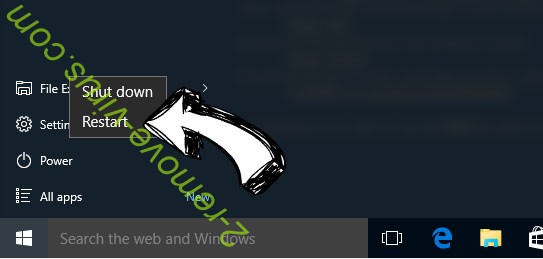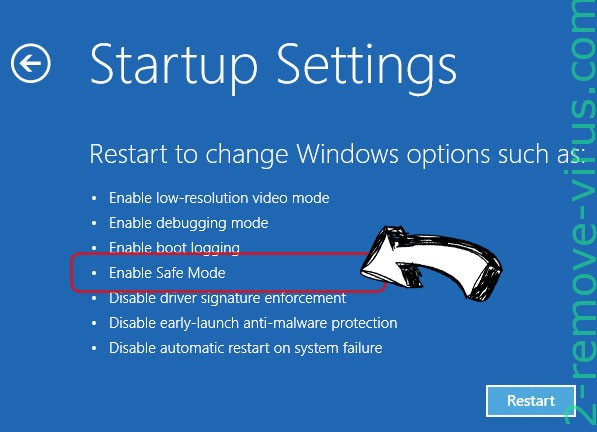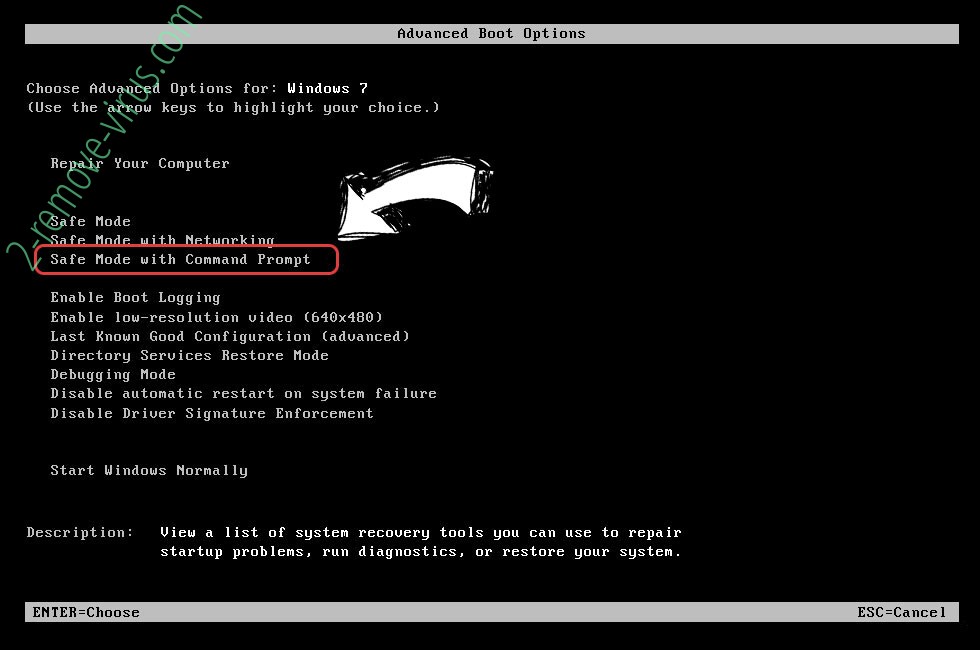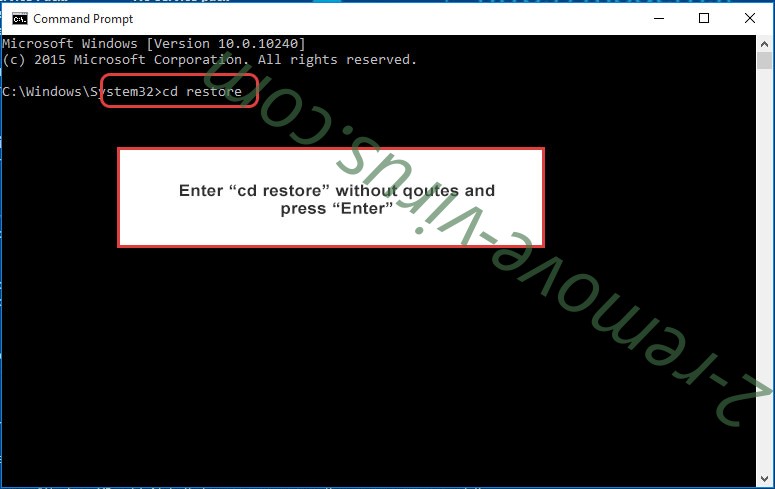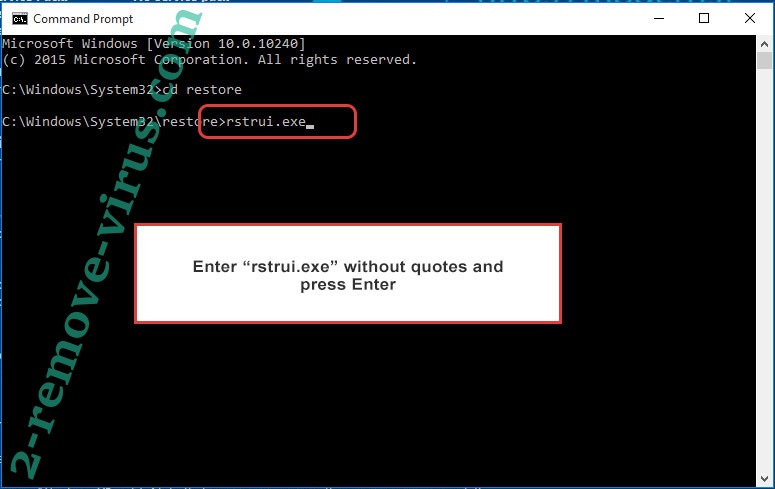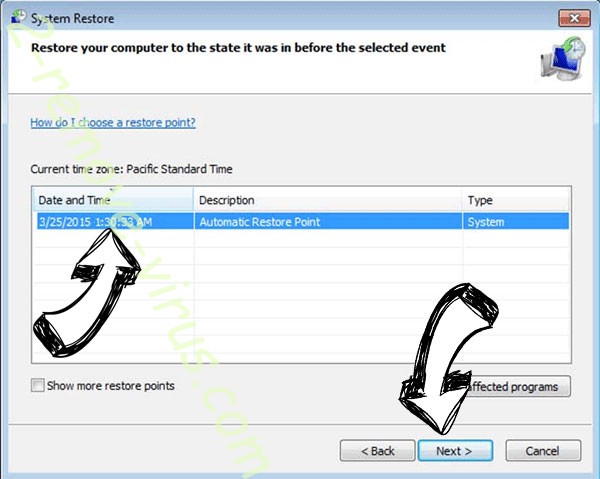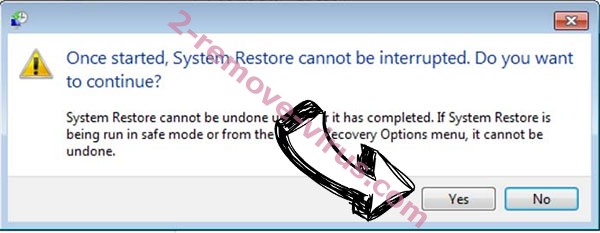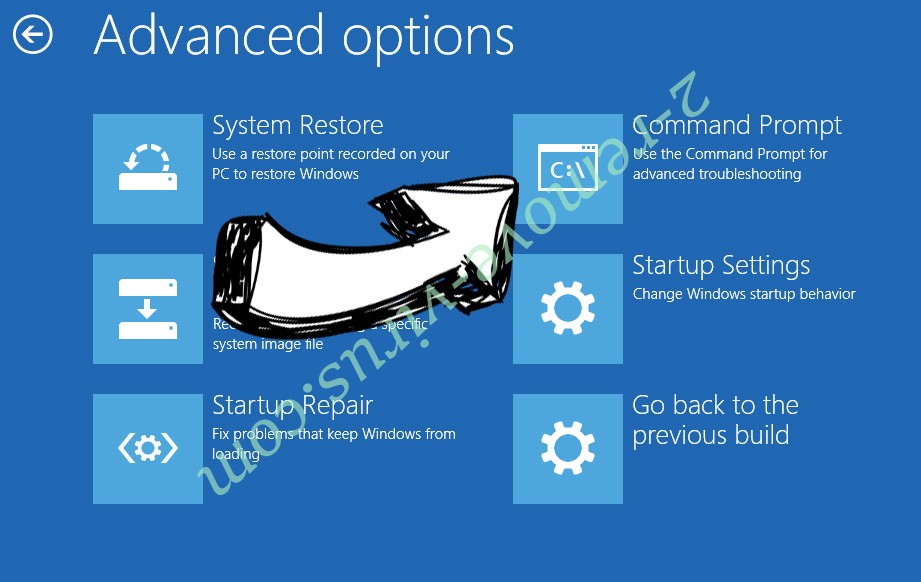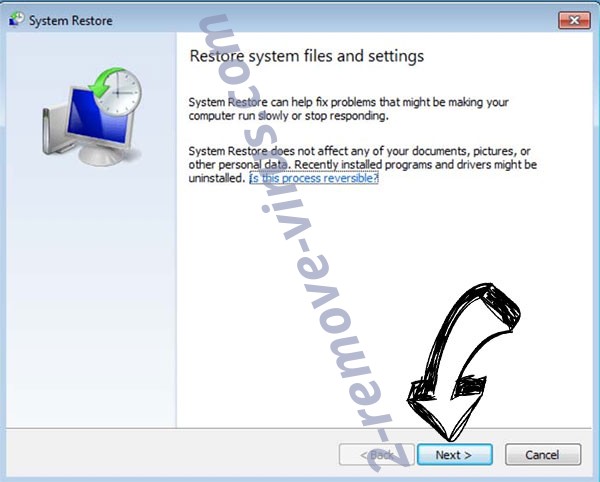Mppn ransomware is yet another version of the Djvu/STOP ransomware. It’s a file-encrypting type of malware that will essentially take your files hostage. The operators of this ransomware family release new versions on a regular basis, and it is possible to tell them apart by the extension they add to encrypted files. This one adds .mppn, hence why it is referred to as Mppn ransomware. It encrypts all personal files, appends .mppn, and asks $980 for a decryptor in order to decrypt them. Paying the ransom to cybercriminals is not recommended because it does not guarantee that a decryptor will be sent to you.
Files will be immediately encrypted once the ransomware is initiated. It will show a fake Windows update window the entire time files are being encrypted in order to prevent victims from discovering what is going on. The ransomware will encrypt documents, photos, and videos. The encrypted files will get the .mppn extension. For example, when encrypted, image.jpg would become image.jpg.mppn.
All folders containing encrypted files will have a _readme.txt ransom note dropped into them by the ransomware. The note is quite generic, but it does provide information on where to get the decryptor required for file recovery. The decryptor costs $980, but the note claims that victims who contact the cybercriminals within the first 72 hours will receive a 50% discount. It’s impossible to know whether that is true or not without paying the ransom. But you should be aware of the risks involved if you are thinking about paying the ransom. The most important point to make is that, even if you pay the ransom, there are no guarantees that a decryptor will actually be sent. There is nothing you can do to force cybercriminals to send you the decryptor.
If you have a backup of your files, you can start file recovery after you completely remove Mppn ransomware from your computer. It is strongly recommended to use a trustworthy anti-virus tool to stop further damage to your computer. Once the ransomware has been totally removed, you can safely connect to your backup.
Unfortunately, those who have backups are the only ones who can recover files for free. If you do not have a backup of files, your only choice is to wait until a free Mppn ransomware decryptor is released. However, a free Mppn ransomware decryptor is not guaranteed. The problem with ransomware from the Djvu/STOP ransomware family is that they use online keys to encrypt files, which means the keys are unique to each user. Unless those keys are released by cyber criminals, malware researchers will have a hard time making a decryptor. You can try using the Djvu/STOP decryptor made by Emsisoft, but even if it’s worth a try, it’s unlikely that it will work on your files unless they have been encrypted using a key Emsisoft has.
How does ransomware enter computers?
Malware can enter your computer in many different ways. It typically happens because of bad online habits. It’s a great idea to take the time to build better browsing habits because you are much more likely to infect your computer with malware if you, for example, open unsolicited email attachments or click on random links.
You have a significantly higher chance of picking up malware if you use torrents to pirate copyrighted content (or if you pirate in general). Many torrent sites are full of malicious torrents because of poor moderation. You will eventually download malware if you do not know how to identify a malicious torrent. Torrents for entertainment are especially prone to malware, especially torrents for TV shows, movies, and video games.
Additionally, emails are regularly used to spread malware. When users open malicious attachments, they essentially initiate the infection. You should be able to identify malicious emails if you know what to look for because they are typically pretty obvious. The most glaring red flag is grammar/spelling mistakes in emails supposedly sent by legitimate companies. Malicious actors generally do not speak native English, so their emails frequently have spelling and grammar errors. Companies will try to prevent mistakes, especially in emails that are generated automatically, because they would appear quite unprofessional in official communication.
Another thing to watch out for is how an email addresses you. If the sender should know your name but uses generic words like “User”, “Member”, and “Customer” to address you, it could be a sign that the sender is actually a malicious actor. Companies will always address their customers by name in official correspondence since it makes an email seem more personal.
Finally, it’s important to remember that malicious emails can occasionally be far more sophisticated. When a person is directly targeted and cybercriminals have access to their personal data, the email would be much more difficult to identify as malicious. There would be a lot more work put into the malicious emails to make them seem more credible. They would be error-free, address the target by name, and even include some information that would lend the email greater credibility. It is important to always use VirusTotal or anti-virus software to scan unsolicited email attachments for an infection. It takes very little time and effort but it could save you a lot of trouble.
How to delete Mppn ransomware
Always use anti-virus software to remove serious infections like ransomware. Avoid trying to manually remove Mppn ransomware because you could end up causing additional damage to your computer. Use a good anti-malware program to remove Mppn ransomware fully. Once the ransomware has been completely removed, you can access your backup to start the file recovery process.
If you don’t have a backup and don’t plan on playing the ransom, your only choice is to wait for a free Mppn ransomware decryptor to become available. But as we’ve already noted, it’s unclear when or if it will be developed. Also keep in mind that if a decryptor cannot be found on a legitimate website like NoMoreRansom, you won’t find it on a random forum.
Mppn ransomware is detected as:
- Gen:Heur.Mint.Zard.52 by BitDefender
- GenericRXUU-MV!1B49E27F8980 by McAfee
- Trojan:Win32/Redline.LDR!MTB by Microsoft
- Gen:Heur.Mint.Zard.52 (B) by Emsisoft
- UDS:DangerousObject.Multi.Generic by Kaspersky
Quick Menu
Step 1. Delete Mppn ransomware using Safe Mode with Networking.
Remove Mppn ransomware from Windows 7/Windows Vista/Windows XP
- Click on Start and select Shutdown.
- Choose Restart and click OK.

- Start tapping F8 when your PC starts loading.
- Under Advanced Boot Options, choose Safe Mode with Networking.

- Open your browser and download the anti-malware utility.
- Use the utility to remove Mppn ransomware
Remove Mppn ransomware from Windows 8/Windows 10
- On the Windows login screen, press the Power button.
- Tap and hold Shift and select Restart.

- Go to Troubleshoot → Advanced options → Start Settings.
- Choose Enable Safe Mode or Safe Mode with Networking under Startup Settings.

- Click Restart.
- Open your web browser and download the malware remover.
- Use the software to delete Mppn ransomware
Step 2. Restore Your Files using System Restore
Delete Mppn ransomware from Windows 7/Windows Vista/Windows XP
- Click Start and choose Shutdown.
- Select Restart and OK

- When your PC starts loading, press F8 repeatedly to open Advanced Boot Options
- Choose Command Prompt from the list.

- Type in cd restore and tap Enter.

- Type in rstrui.exe and press Enter.

- Click Next in the new window and select the restore point prior to the infection.

- Click Next again and click Yes to begin the system restore.

Delete Mppn ransomware from Windows 8/Windows 10
- Click the Power button on the Windows login screen.
- Press and hold Shift and click Restart.

- Choose Troubleshoot and go to Advanced options.
- Select Command Prompt and click Restart.

- In Command Prompt, input cd restore and tap Enter.

- Type in rstrui.exe and tap Enter again.

- Click Next in the new System Restore window.

- Choose the restore point prior to the infection.

- Click Next and then click Yes to restore your system.

Offers
Download Removal Toolto scan for Mppn ransomwareUse our recommended removal tool to scan for Mppn ransomware. Trial version of provides detection of computer threats like Mppn ransomware and assists in its removal for FREE. You can delete detected registry entries, files and processes yourself or purchase a full version.
More information about SpyWarrior and Uninstall Instructions. Please review SpyWarrior EULA and Privacy Policy. SpyWarrior scanner is free. If it detects a malware, purchase its full version to remove it.

WiperSoft Review Details WiperSoft (www.wipersoft.com) is a security tool that provides real-time security from potential threats. Nowadays, many users tend to download free software from the Intern ...
Download|more


Is MacKeeper a virus? MacKeeper is not a virus, nor is it a scam. While there are various opinions about the program on the Internet, a lot of the people who so notoriously hate the program have neve ...
Download|more


While the creators of MalwareBytes anti-malware have not been in this business for long time, they make up for it with their enthusiastic approach. Statistic from such websites like CNET shows that th ...
Download|more
Site Disclaimer
2-remove-virus.com is not sponsored, owned, affiliated, or linked to malware developers or distributors that are referenced in this article. The article does not promote or endorse any type of malware. We aim at providing useful information that will help computer users to detect and eliminate the unwanted malicious programs from their computers. This can be done manually by following the instructions presented in the article or automatically by implementing the suggested anti-malware tools.
The article is only meant to be used for educational purposes. If you follow the instructions given in the article, you agree to be contracted by the disclaimer. We do not guarantee that the artcile will present you with a solution that removes the malign threats completely. Malware changes constantly, which is why, in some cases, it may be difficult to clean the computer fully by using only the manual removal instructions.
